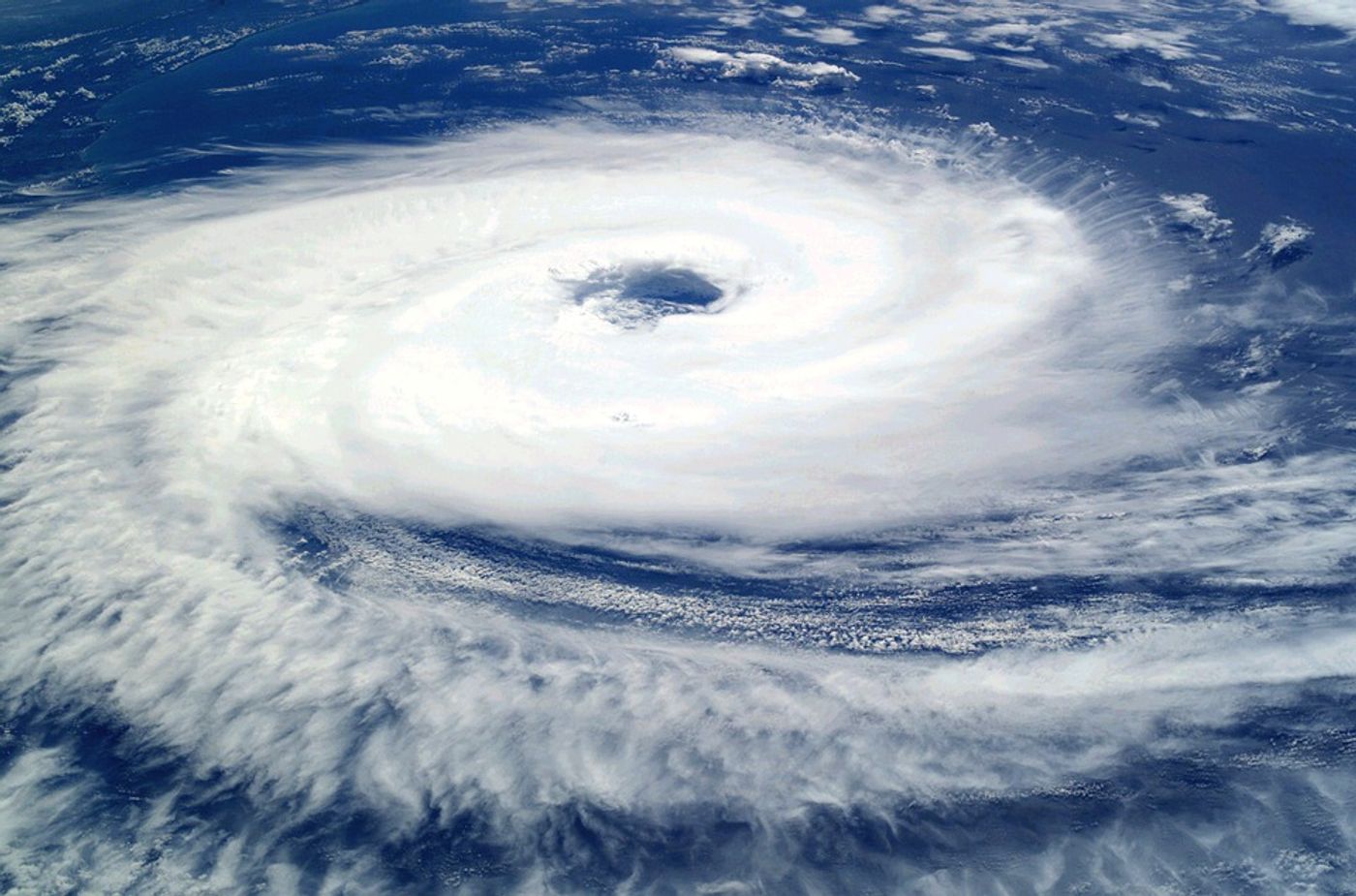New geophysical phenomenon "stormquakes" discovered
What do you think when you hear the term “stormquake”? Perhaps it isn’t hard to conjure up an image in your mind of the meeting of an intense storm and an earthquake, but this phenomenon was only just discovered recently by a Florida State University researcher. It refers to the geophysical consequence whereby a strong storm triggers seismic events in the ocean, sometimes reaching up to magnitudes of 3.5. The research was published in the journal Geophysical Research Letters.
"We're calling them 'stormquakes,'" said lead author Wenyuan Fan, who is an assistant professor of Earth, Ocean and Atmospheric Science. "This involves coupling of the atmosphere-ocean and solid earth. During a storm season, hurricanes or nor'easters transfer energy into the ocean as strong ocean waves, and the waves interact with the solid earth producing intense seismic source activity."
Because of the newness of this finding, there is still much to learn regarding the so-called stormquakes. "We have lots of unknowns," Fan said. "We weren't even aware of the existence of the natural phenomenon. It really highlights the richness of the seismic wave field and suggests we are reaching a new level of understanding of seismic waves."
In conducting his research, Fan and his fellow researchers looked at seismic and oceanographic records from September of 2006 to February 2019. They noticed an unforeseen pattern between strong storms and intense seismic activity near the edge of continental shelves or ocean banks. During the time period analyzed, the researchers tallied over 10,000 stormquakes offshore of Nova Scotia, Newfoundland, British Columbia, New England, Florida and the Gulf of Mexico.
Of course, not all hurricanes or strong storms trigger stormquakes, explain the scientists. To determine which seismic events are storm quakes and which are earthquakes or other geophysical phenomena, the scientists used a tool that they developed that is capable of detecting and locating seismic events in order to establish correlations with storms. "We can have seismic sources in the ocean just like earthquakes within the crust," Fan said. "The exciting part is seismic sources caused by hurricanes can last from hours to days."
So far, the researchers have observed that stormquakes tend to occur in certain hotspots, while other strong storms that do not fall within these hotspots do not trigger stormquakes. The explanation for this, explains Fan, is the influence of local oceanographic features and seafloor topography. The authors hope that continuing investigation on this geophysical phenomenon will provide new insight. “Stormquakes thus provide new coherent sources to investigate Earth structure in locations that typically lack both seismic instrumentation and earthquakes,” they write.
Sources: Geophysical Research Letters, Science Daily









